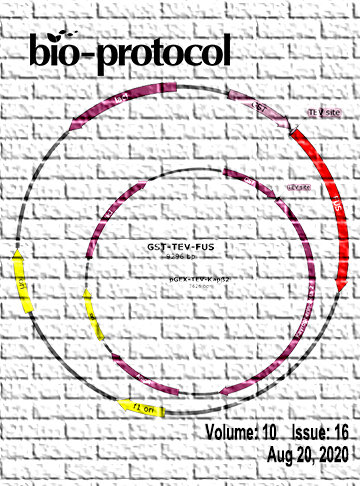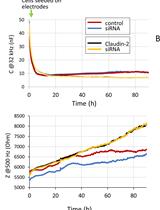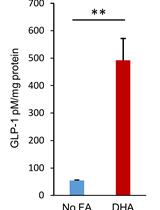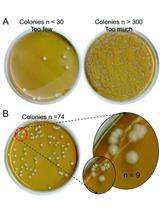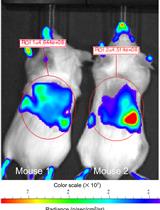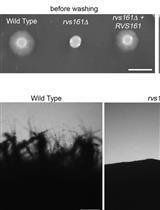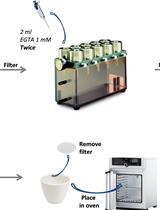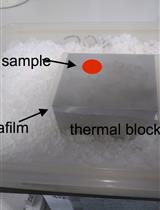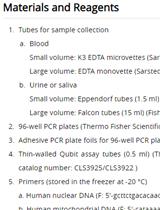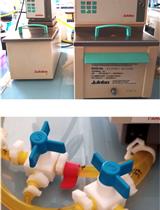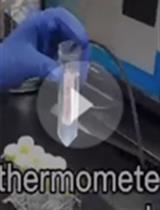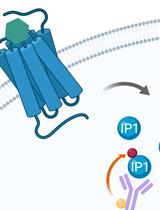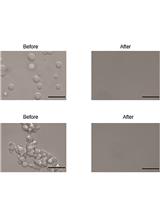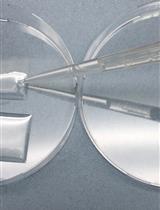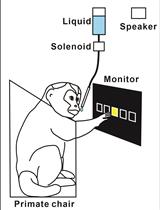往期刊物2020
卷册: 10, 期号: 16
癌症生物学
Measuring Cell Growth and Junction Development in Epithelial Cells Using Electric Cell-Substrate Impedance Sensing (ECIS)
使用电子细胞基质阻抗传感(ECIS)测量上皮细胞生长和连接发育
细胞生物学
In-vitro GLP-1 Release Assay Using STC-1 Cells
STC-1细胞体外释放GLP-1的实验研究
Stopped-flow Light Scattering Analysis of Red Blood Cell Glycerol Permeability
红细胞甘油通透性的Stopped-flow 光散射分析
免疫学
Neutrophil Extracellular Trap Killing Assay of Candida albicans
白念珠菌中性粒细胞胞外诱杀试验
Real-time in vivo Imaging of LPS-induced Local Inflammation and Drug Deposition in NF-κB Reporter Mice
LPS诱导NF-κB报告小鼠局部炎症及药物沉积的实时体内显像研究
微生物学
Candida albicans Agar Invasion Assays
白念珠菌琼脂侵入实验
In vitro Cultivation and Visualization of Malaria Liver Stages in Primary Simian Hepatocytes
猴原代肝细胞体外培养及疟疾肝期观察
Determination of the Cellular Ion Concentration in Saccharomyces cerevisiae Using ICP-AES
ICP-AES法测定酿酒酵母细胞离子浓度
分子生物学
Mapping mRNA-18S rRNA Contacts Within Translation Initation Complex by Means of Reverse Transcriptase Termination Sites and RNAseq
用逆转录酶终止位点和RNAseq定位翻译起始复合体内的mRNA-18S rRNA接触点
Isolation and Quantification of Extracellular DNA from Biofluids
生物流体中细胞外DNA的分离和定量
Microtubule Seeded-assembly in the Presence of Poorly Nucleating Nucleotide Analogues
存在不良成核核苷酸类似物的微管种晶组装
神经科学
A Reproducible Protocol to Measure the Critical Swimming Speed of Adult Zebrafish
一种可重复性测定成年斑马鱼临界游泳速度的方法
Assessing Gαq/15-signaling with IP-One: Single Plate Transfection and Assay Protocol for Cell-Based High-Throughput Assay
使用IP-One评估Gαq/ 15信号:基于细胞高通量测定的单板转染和测定方案
Karyopherin-β2 Inhibits and Reverses Aggregation and Liquid-liquid Phase Separation of the ALS/FTD-Associated Protein FUS
核转运蛋白-β2抑制和ALS / FTD相关蛋白FUS的逆转聚集和液-液相分离
Co-culture of Murine Neurons Using a Microfluidic Device for The Study of Tau Misfolding Propagation
利用微流体装置共培养小鼠神经元研究Tau的错误折叠传播
Sequential Reaching Task for the Study of Motor Skills in Monkeys
猴子运动技能研究的连续性达标任务


